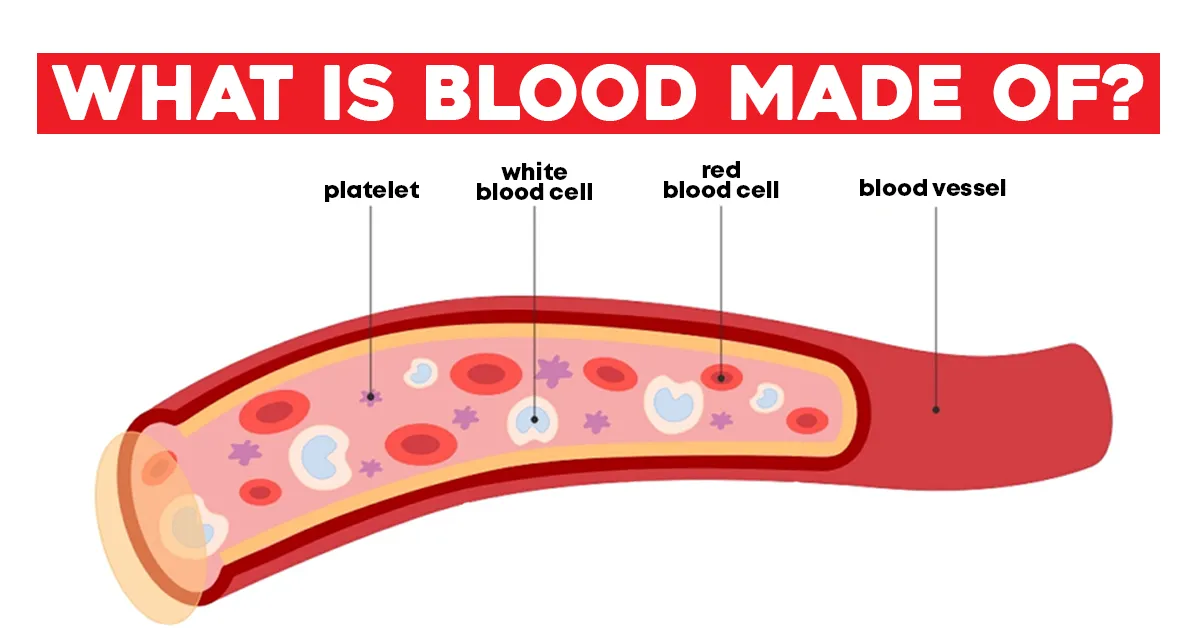Blood is made of red blood cells, white blood cells, plasma, and platelets. Your blood serves a crucial role in your body.
Red blood cells are tiny red disks in your body that release oxygen throughout the body.
White blood cells are a critical part of your immune system and work to fight infections in your body. Your white blood cell count should increase whenever your body is fighting an infection.
Plasma gives blood its liquid concentration and uses that liquid to transport blood cells, nutrients, waste, and more throughout your body. Platelets are used to create blood clots.
Why Does Blood Clot?
Blood clots help stop blood flow at the site of an injury. However, if blood clots form when there is no injury, they could become problematic.
A blood clot that forms in one part of the body can cause blockages in other parts of your body. Deep Vein Thrombosis (DVT) is a blood clot that develops in your arms or legs. Other blood clots may make their way into your lungs, heart, brain (which can cause a stroke), or other portions of the body.
What Causes Blood Pressure to Change?
Normally your blood pressure will stay within an approximate range during the day. However, your emotions (like stress and anxiety) can cause blood pressure to spike suddenly. Additionally, doing strenuous physical activity can raise blood pressure.
Generally speaking, the weather can also impact blood pressure. In hot temperatures, blood vessels can expand, allowing blood pressure to decrease. In cold temperatures, the narrowing of blood vessels causes blood pressure to increase.
How Does Blood Flow Through the Body?
Blood moves oxygen throughout the body, and your circulatory system is constantly moving blood to and from the heart.
Your arteries carry the blood with oxygen to the rest of your body while veins bring blood back to your arteries to get more oxygen.
What do Different Types of Blood Mean?
There are 8 types of human blood: A, B, O, and AB – each with a positive and negative variant. The positive/negative designation denotes if your blood has the Rh protein.
It is most common to be Rh positive, but being Rh negative is normally not a problem for your health. Because differences in positive and negative blood can not mix, it is routine for expecting mothers to have Rh testing before childbirth. In the event the mother and baby have different Rh, there are steps that can be taken to protect the baby.
The letters of the blood types refer to the antigens/antibodies in the blood.
From NHS:
- A blood has A antigens on the red blood cells with anti-B antibodies in plasma
- B blood has B antigens on the red blood cells with anti-A antibodies in plasma
- O blood has no antigens on the red blood cells with anti-A and anti-B antibodies in plasma
- AB blood has both A and B antigens, but no antibodies


